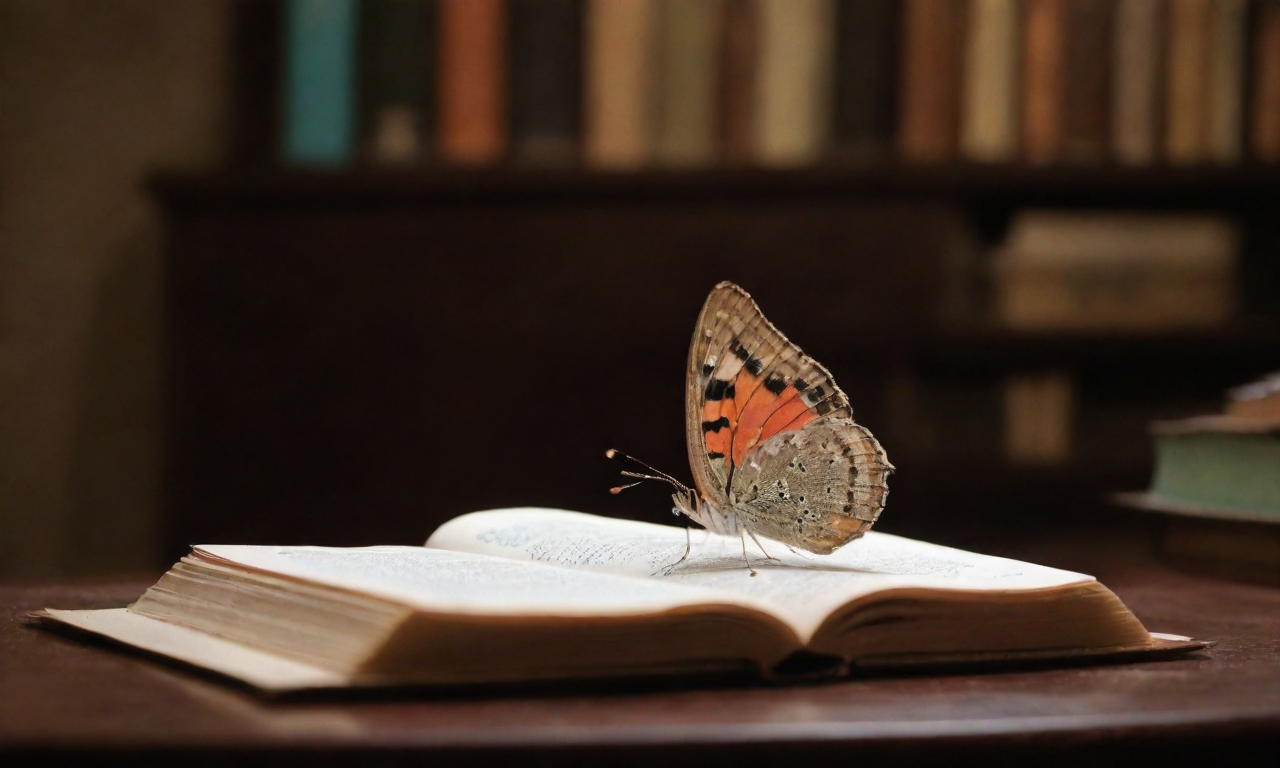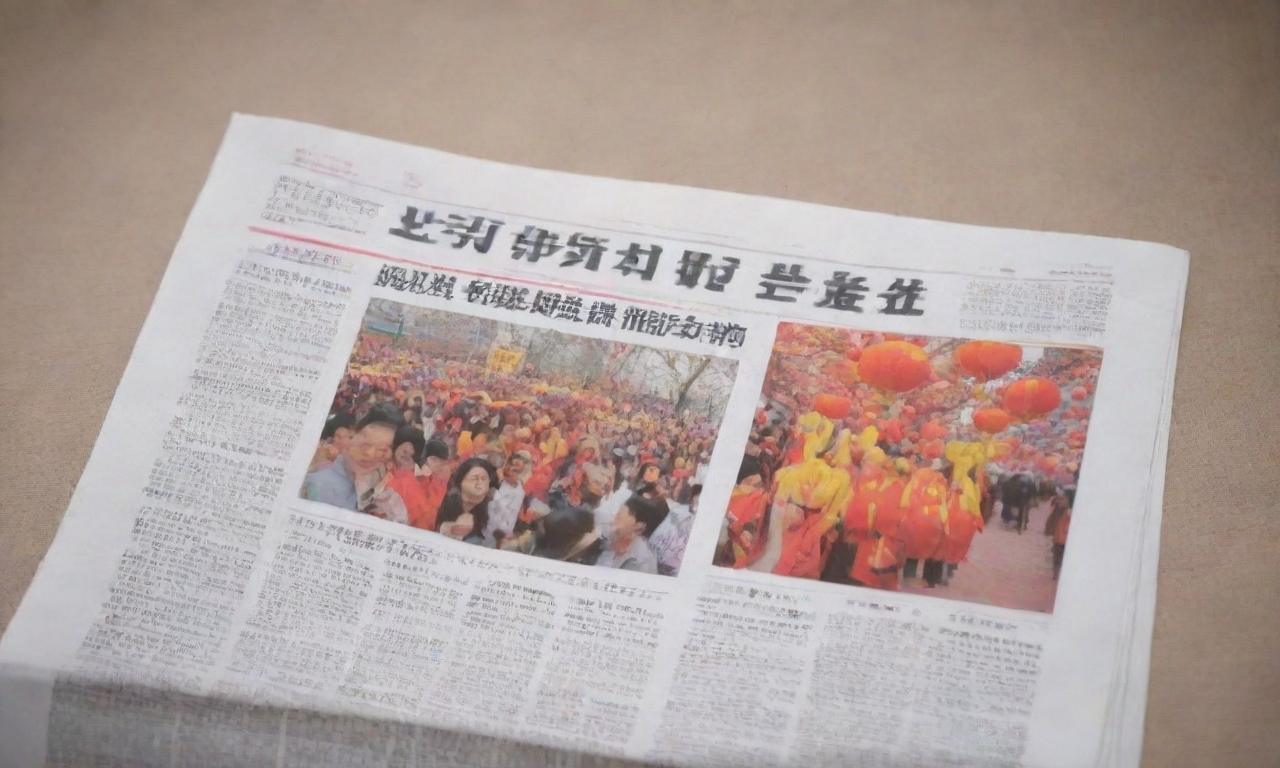Who invented the hydrogen bomb? Was it Fermi? Oppenheimer? Teller? The answer provided by The New York Times is: the Polish-born mathematician Stanislaw Ulam.
On the grand stage of the history of science, this fascinating mathematical master, whose life was like an adventure, had profound and bizarre thoughts. His autobiography, "Adventures of a Mathematician," opens a door to the inner world of this mathematical genius, bringing us closer to this mathematician, physicist, and witness to major historical events like World War II and the Cold War.
The memoir also touches on individuals who made significant contributions to the field of science, including Einstein, von Neumann, Fermi, Oppenheimer, Teller, and many other mathematicians and physicists, and witnessed the progress of the "Oppenheimer affair," as well as historical moments like the explosion of atomic and hydrogen bombs.
What makes a genius? A childhood love for mathematics As one of the top ten modern mathematicians, Ulam made his name with set theory, ergodic theory, number theory, and more. His proposed Monte Carlo method is of great significance and has been widely used in numerous fields, including computers; his work on the Teller-Ulam design played a key role in the successful creation of the hydrogen bomb. Ulam was a well-rounded, modest, and collaborative person and a model of virtue and talent as a scientist.
He was not only a mathematician but also an intellectual who made a profound impact on mathematics, physics, and history. His contributions in the field of mathematics led directions in mathematical research, and his work on the "Manhattan Project" left a significant mark in scientific research.
How does a genius become a genius? For Ulam, it was a passion for mathematics sparked in childhood. In "Adventures of a Mathematician," Ulam recalls his educational experience, his fascination with mathematics starting from a young age, and the tranquil times of studying and discussing mathematical problems with his Polish colleagues.
In fact, at the age of four, Ulam had already shown a strong interest in the complex patterns on the carpet. He also reviewed how his interest in physics expanded his curiosity about science, which ultimately led him to be invited to join the renowned "Manhattan Project," thereby influencing the course of human history.
"Adventures of a Mathematician" is not just a record of scientific achievements; it is a work full of legendary stories. In the book, Ulam takes readers through his life, rich and varied, having survived the Nazi war and lived in the zenith of mathematics.
Ulam's greatest adventure in life—the "Manhattan Project"
In various scientific fields, Ulam constantly explored. His work on the "Manhattan Project" was one of the most exciting adventures of his life. Still from the movie "Oppenheimer" In this project, Ulam made significant contributions to the development of the atomic and hydrogen bombs.
His mathematical mind and insights in physics made him an indispensable part of the team. As a mathematician, his task was to solve the complex mathematical and physical problems involved in the design of atomic bombs. His work encompassed nuclear physics, explosives dynamics, and others, playing a key role in ensuring the successful creation of the atomic bomb.
This portion of the content showcases his unique experiences in participating in the development of atomic and hydrogen bombs, nuclear-powered spacecraft research, the challenges he faced while exploring the frontiers of scientific research, and his creative thinking when faced with scientific problems.
Still from the movie "Oppenheimer" In the book, Ulam vividly describes the tense collaboration with other scientists in the project, including interactions and cooperation with other "Manhattan Project" participants, such as Oppenheimer. These collaborative relationships were not just scientific exchanges but a chemical reaction of brilliant minds inspiring each other.
"World War II," the Cold War... he experienced them firsthand
Ulam was a firsthand witness to major historical events such as World War II and the Cold War. His clear attitudes and deep reflections on war, science, and humanity are still insightful today.
Because of this, Ulam offers readers a unique historical perspective. His vivid descriptions make us feel as if we have traveled through time to the tension of the Cold War. His insights into the politics, science, and social changes of the time make this book an important resource for understanding post-war history.
In addition to his scientific career, Ulam also used his autobiography to show readers his multifaceted life. His humor, wit, and profound insights into human nature make this book not just a biography but also an entertaining and interesting collection of stories.
"Adventures of a Mathematician" is a gripping memoir that not only records the achievements of an outstanding mathematician but also lets us see his choices and thoughts at crucial junctures affecting the course of human history.
Ulam himself wrote in the book: "This is my own narration of the history of the hydrogen bomb because I was there and directly involved." As Scientific American reviewed the book: "Ulam tells us about his thoughts and the times, which are overall fascinating. Almost effortlessly, he draws us into his profound and varied mathematical work. He is unrestrained, frank and candid, vividly portraying his impetuous, incisive, and quirky style, depicting his ambitions, evaluations of others, interests, and views. This sincerity and frankness are a bit overbearing but never off-putting. Readers should be grateful to Ulam for writing such a thought-provoking book; there are few works comparable to it."
Indeed, the book not only offers fascinating collisions of thought for readers interested in mathematics and science but also presents a historical painting that restores the truth. Follow in Ulam's footsteps and embark on this life.








